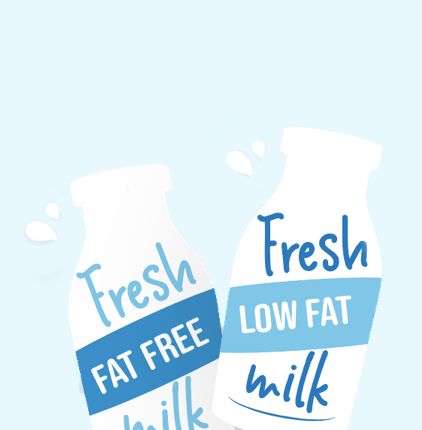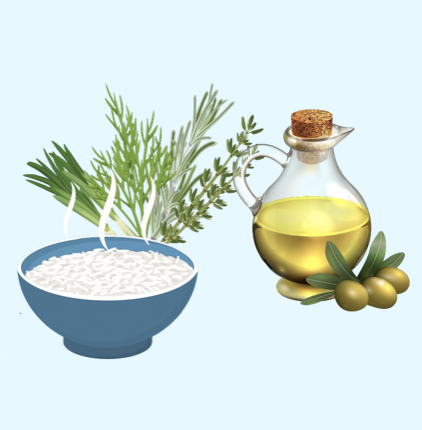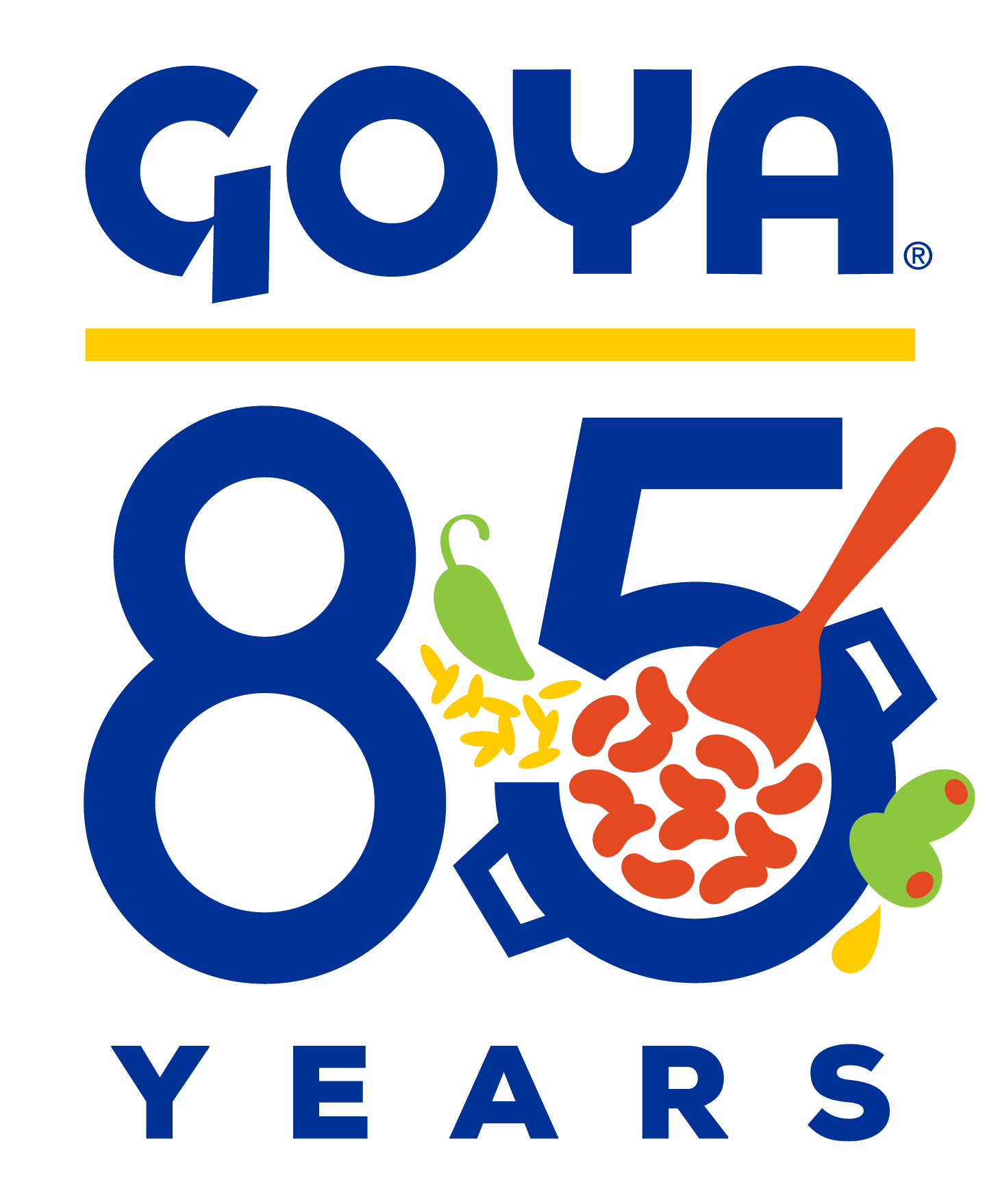Share this using:
Cooking nutritious meals at home is a great way to help you and your family stay healthy and spend time together. How healthy your food is, is often determined ultimately by how you prepare your food at home. Goya Chef Fernando Desa dishes out his top cooking techniques for a healthier meal and a healthier you!
1. Always Wash Your Hands and Keep Kitchen Surfaces Clean while cooking and prepping.
Good hygiene in the kitchen is vital to your health.

2. Separate raw meats from other foods to avoid cross contamination.
3. Cooking Rice. Try the cook, chill, then reheat rice method for healthier rice.
Studies show this is a healthier way to cook rice. Cooking rice with a small amount of healthy oil (like Olive Oil), then cooled overnight in the fridge and then reheated, decreased rice calories and increased resistant starch. This may help promote healthier body weight and blood sugar levels.


4. Use low-fat or fat-free milk.
Low fat, or fat free dairy milk products including fat-free yogurt and cottage cheese are a healthier and economical way to get a good source of high value protein, calcium, vitamin D, vitamin A, potassium and B vitamins.

5. Poach Fish.
Fish is a delicate food. Poaching it in water is a great way to keep fish moist and lower the sodium level in the seafood (providing you don’t add extra salt.) Keeping the water temperature of 160°F to 180°F (71°C to 82°C), protects the delicate flesh of fish retaining maximum flavor and moisture. The liquid should never be allowed to boil. Boiling causes flavor loss and toughens the fish.
6. Use Aromatics.
Aromatics include citrus fruits, herbs, spices, vegetables (like garlic, onions, shallots, peppers etc), vinegar or wine to enhance the flavor and fragrance of your food. Fruit pulps are also great to add flavor to your food.
7. Remove Excess Fat from Soups, Stews and Gravies by Refrigeration.
During refrigeration the fat generally rises to the top making it easier to remove and throw away. This can be done with a spoon or baster.
8. Instead of Butter, Use Olive Oil.
Studies have shown that replacing saturated fats (butter) with higher monounsaturated fats (olive oil) can help improve your cholesterol.

Extra-virgin olive oil is considered the finest, freshest and most flavorful of olive oils. The delicate nutrition found in extra-virgin olive oil is compromised by heat, so it’s best served cold or at room temperature. It’s good for salads, smoothies, dips, and instead of butter drizzled on toast, vegetables, cassava, potatoes, etc before serving.
9. Puree Beans to Thicken Soups and Stews.
Using pureed beans is a delicious way to add nutrition, fiber and creaminess to soups and stews without excess fats. A can of reduced sodium refried black beans or reduced sodium pinto beans with a cup of milk can turn into a creamy soup or sauce.

Chef Fernando Desa, Executive Chef of Goya Foods

